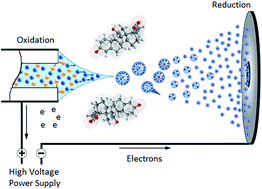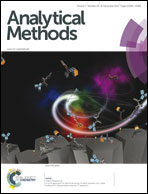Decoding the signal response of steroids in electrospray ionization mode (ESI-MS)
Abstract
Electrospray ionization (ESI) is predominant among soft ionization techniques since it is considered as the method of choice for coupling liquid chromatography with mass spectrometry (LC-MS). Despite the progress which has been achieved in the ion formation theory, the research community keep their interest in the parameters affecting the increase in the responsiveness of the signal. This particular problem is becoming more complex when the analytes studied are compounds not having characteristic moieties, which are responsible for a molecule's ionization (carboxylic or amine groups). The present study attempts to decode the signal intensity by correlating it with a series of structural features and physicochemical properties corresponding to 30 steroids. These molecules share a common basic structure with only small differences in the substitution while they do not contain any basic or acidic group (pKbasic < −2.65, pKacidic > 10.6). The correlation and evaluation of the significance of the parameters causing an increase or decrease in the signal response was achieved using multivariate analysis via the Partial Least Squares methodology (PLS). Moreover, the PLS models that were developed could be used as predictive tools of the signal intensity for unknown substances.


 Please wait while we load your content...
Please wait while we load your content...